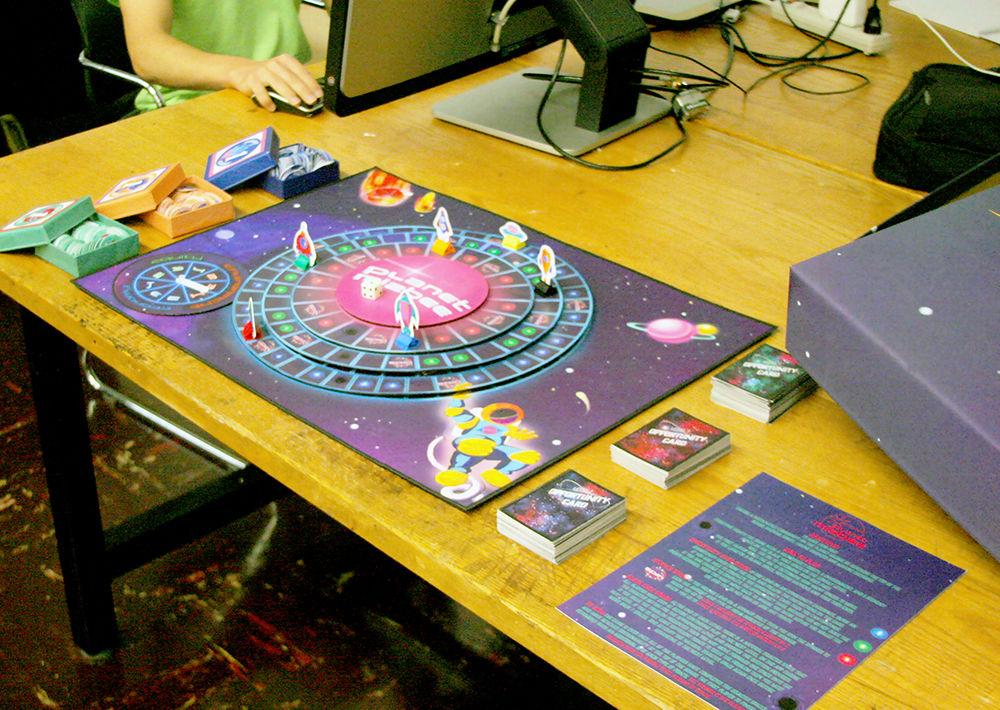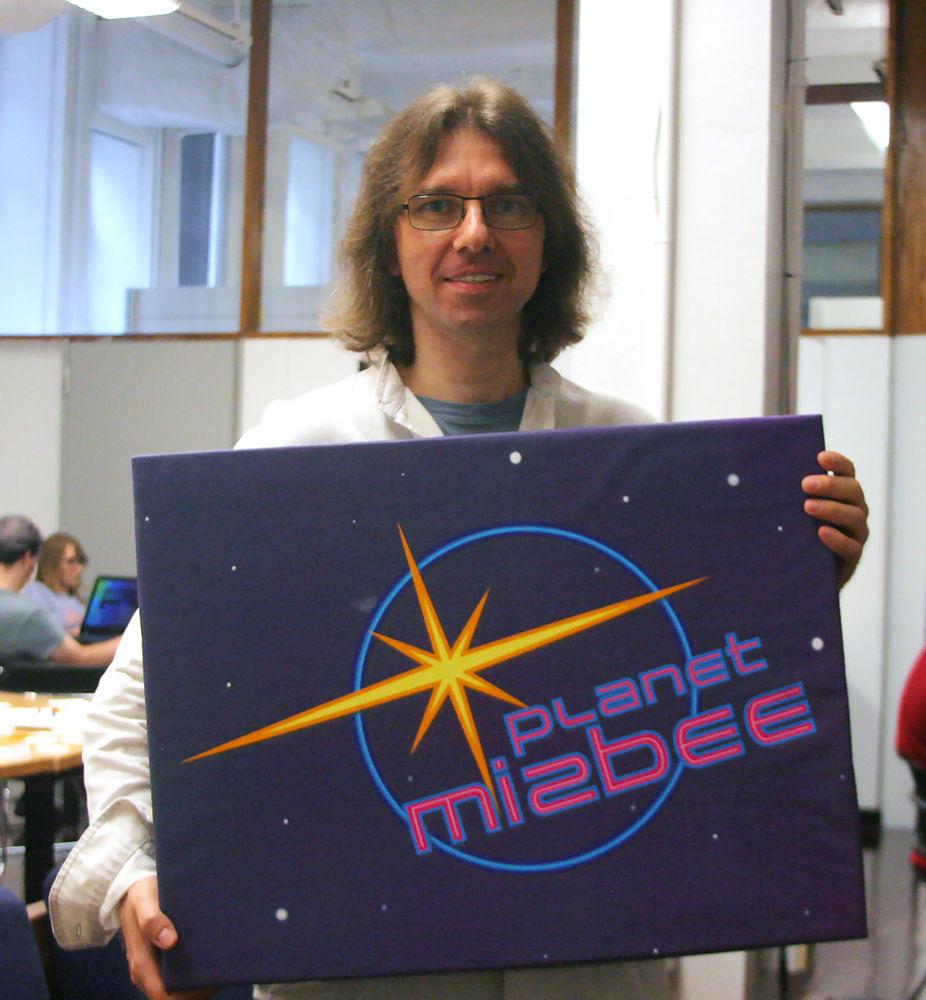At the beginning of the semester, students in the “Introduction to Game Creation” course are shown exact replicas of two vaguely ancient Egyptian and Mesopotamian board games. The games are presented without instructions, rendering them complete enigmas.
“This is before dice were invented,” said Emil Polyak, an assistant professor of art and design. “I like to give this to the students and tell them ‘I’m not telling you how to play this: try to find some rules.’ Then they come up with the craziest things; obviously, everything is incorrect, but they can’t even Google it because there’s no writing or anything [on it]. It’s a really cool exercise.”
This year will mark the third in a row that students in this course are heavily at work designing, crafting and building their own board games. In 2016, Polyak tasked his students with designing board games specifically around the theme of sustainability. The purpose of play was to familiarize players with the three E’s of sustainability: environment, economy and equity.
Unlike conventional board games, players are meant to play together rather than against each other. Control over the aforementioned factors are placed into their hands, and the goal of each game is to introduce situations involving conflict in three key areas: resources, property and development. The challenge is to make it all work properly and efficiently.
As “hybrid” games, each game consisted of a digital aspect that operated in conjunction with a physical one. These resemble typical board games with the addition of some sort of app. The app provides and outlines starting points and options for players that lead to cooperative decision making.
Each of the four teams was given a specific age group to focus on, with the overarching purpose of teaching the players the basics of sustainable thought and applications. Students were given the freedom to pursue whatever style or theme they wanted, as long as it fit within those parameters.
“We all wanted to do something space-themed and sort of started from there,” said Madison Tart, a fourth-year studying art and design. “Then it went from ‘oh, let’s do something like [an] 80s space theme.’”
Tart was part of the team responsible for designing a game suitable for 9-12 year-olds. The resulting game was “Planet Mizbee,” the name of which is actually an abbreviation of the team members’ names. The main concept of this sci-fi game is that players collaborate to colonize a newly-discovered planet and maintain a sustainable society.
“With that in mind, we thought [since] they’re colonizing a new planet, obviously they have to be in space,” said Zoe Winton, a fourth-year studying art and design. “From there, we went to the retro-space kind of theme.”
The game certainly looks the part. The underlying theme of the board is itself outlined with the signature, flashy neon colors of the 80s. The game pieces and cards are decorated with various space gear, bright novas and sinister vortexes, each as delightfully cheesy and outdated as the last.
Noticeably, the narrative and art style of each game was designed to fit each specific age range. “Critter Crossings,” designed for 6-9 year-olds, contains colorful, big-eyed, anthropomorphic animal characters with various qualities. The narrative of the game is the construction of a bridge from one point to another; the board and game pieces are just as straightforward and easy to understand.
“Villains No More,” designed for 12-15 year-olds, focused on a band of reformed villains trying to maintain their position in a world that hates them. This game is highly stylized and medieval, with more mystical engravings and fantasy symbols.
“Eotera,” designed for 15-18 year-olds, has a more serious resource allocation theme. The game board resembles the conference table of a space research outpost. It boasts a heavily industrious style, with carefully structured logos, realistic backgrounds and fonts that are more grounded and official.
A project of this magnitude required a great deal of communication and task delegation amongst its members.
“I focused a lot on the cards that we used,” said Bethany Cantrell, a fourth-year studying art and design. “We had three decks of cards for each level as you progress through the game. I was in charge of designing the backs of the cards as well as formatting all the questions and topics that were listed on [them] to make sure everything was the same.”
Having known each other since their first year, Team Mizbee has come a long way in learning and utilizing each other’s’ abilities.
“Emily [Parker] did have a lot to do with the digital aspect,” Tart said. “Izzy [Hennes] had a lot do with our character designs. I designed a spinner and stuff like that to go with it. [We all] had a lot to do with the craftsmanship of the entire board together.
Ultimately, the sustainability theme for this project produced games that emphasized situations. The gameplay methods create a rigid dependability between players and provide an outlet to collaboratively solve issues that affect everyone involved. Every aspect of each game was thus built to motivate the players into thinking long-term and making long run, sustainable decisions.
Emil Polyak, a design instructor, shows off some of his students most recent work at his lab in Brooks Hall. Polyak challenged his students to design board games to teach the ideas of sustainability to children.














